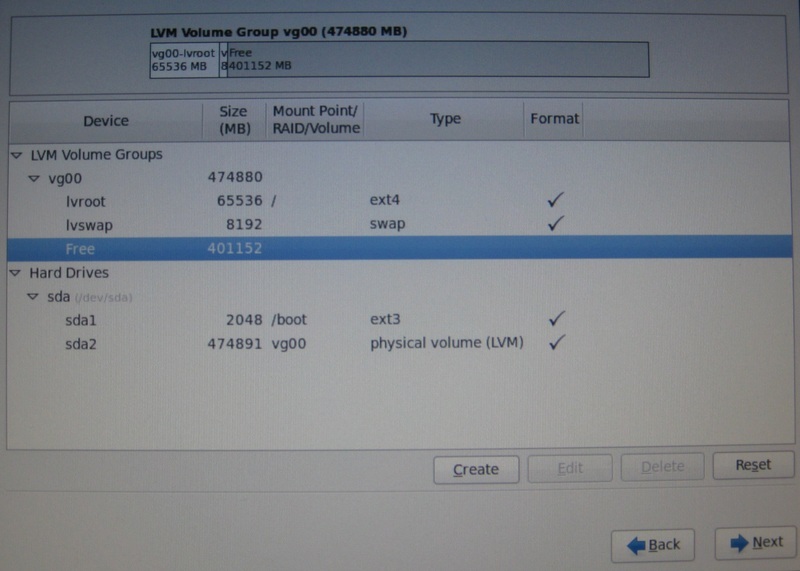
RHEL 6 INSTALL TCPDUMP FULL
Tcpdump: verbose output suppressed, use -v or -vv for full protocol decode To see the default output of tcpdump, simply type the command: # tcpdump Use Ctrl+C, or send a SIGTERM to the tcpdump process ID (PID) to stop the capture. Note that you’ll need to be the superuser to perform packet captures (technically, you can run it from a regular account with special capabilities, but it’s usually easier to run it as root). First, let’s try out tcpdump without any special options. The best way to learn is by just diving in, so let’s get started with some basic packet captures. For example, it can be invaluable to observe the full packet flow of a recursive DNS query when trying to understand how DNS works. Watching the packets involved in an application exchange can go a long way toward improving your understanding of the underlying protocols. At this point, breaking out a packet sniffer to observe the actual data being sent on the wire can be instructive.Īnother great use case for a packet sniffer is pedagogical. Often, I have already performed basic network troubleshooting and reviewed any application log files, but I still can’t get to the bottom of an issue. So, when would you use a packet capturing tool? I typically turn to a packet sniffer when I’m troubleshooting a network application issue and I’ve exhausted all other options.
RHEL 6 INSTALL TCPDUMP INSTALL
It’s available in the standard package repositories on your Red Hat system, and you can install it by name: # yum install -y tcpdumpĬapturing all of the traffic coming into your machine may sound conceptually cool, but it also sounds fairly low level for many of the activities that we perform in our day-to-day work as sysadmins.

Of course, tcpdump isn’t some magical piece of software: It can only capture those packets that somehow reach one of the physical interfaces on your machine. This setting even includes traffic that was not destined for the specific host that you are capturing on, such as broadcast and multicast traffic. This simply means that all packets reaching a host will be sent to tcpdump for inspection. Tcpdump provides a CLI packet sniffer, and Wireshark provides a feature-rich GUI for sniffing and analyzing packets.īy default, tcpdump operates in promiscuous mode. Tcpdump and Wireshark are examples of packet sniffers.
RHEL 6 INSTALL TCPDUMP SOFTWARE
So first things first: What do we mean when we say "packet sniffer?" A packet sniffer is simply a piece of software that allows you to capture packets on your network.




 0 kommentar(er)
0 kommentar(er)
